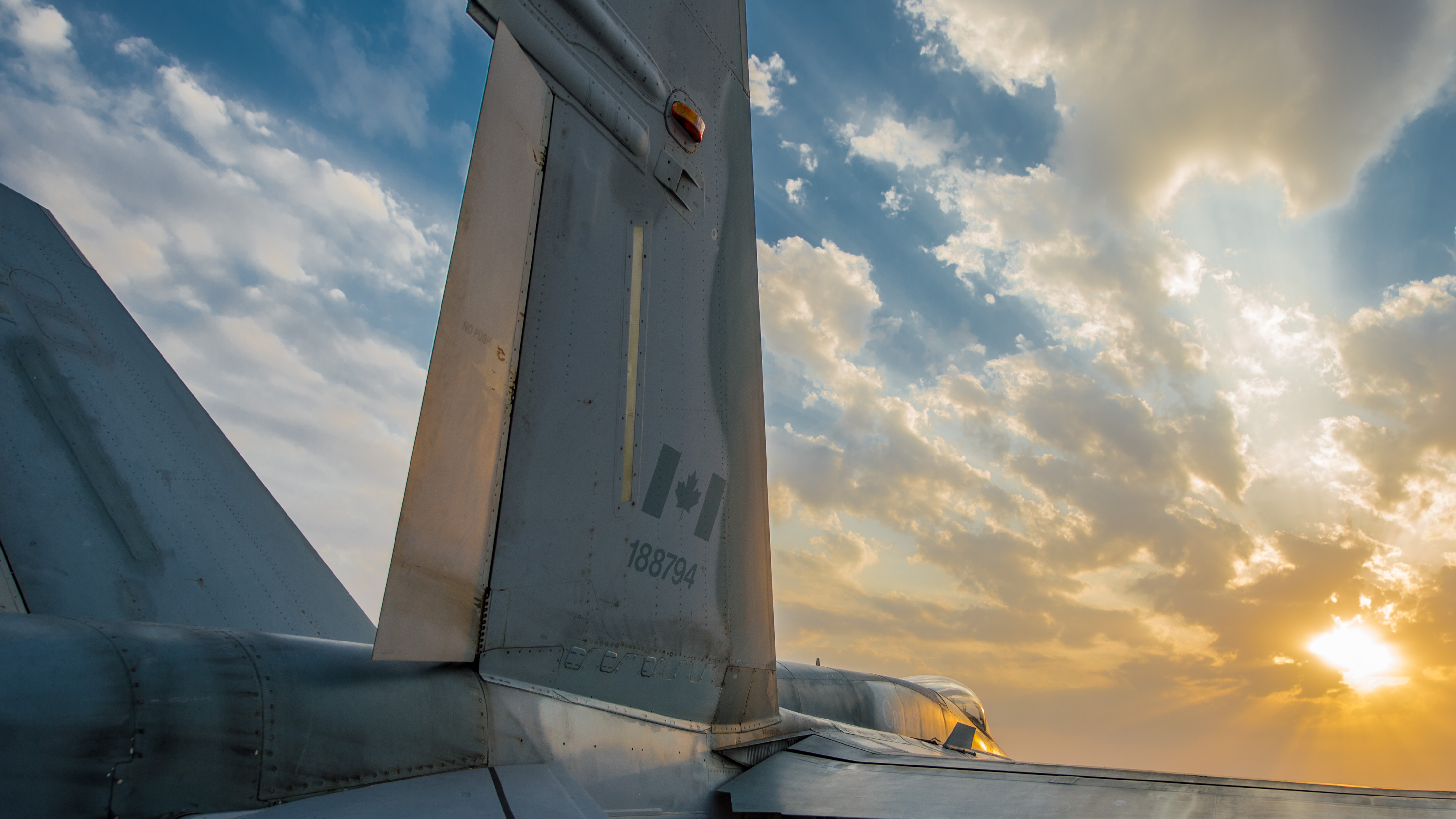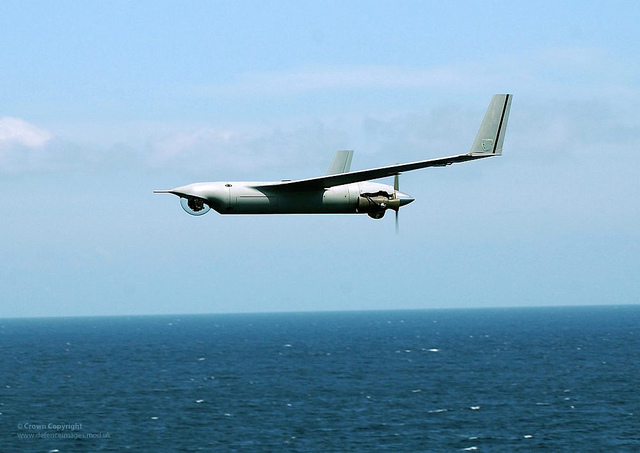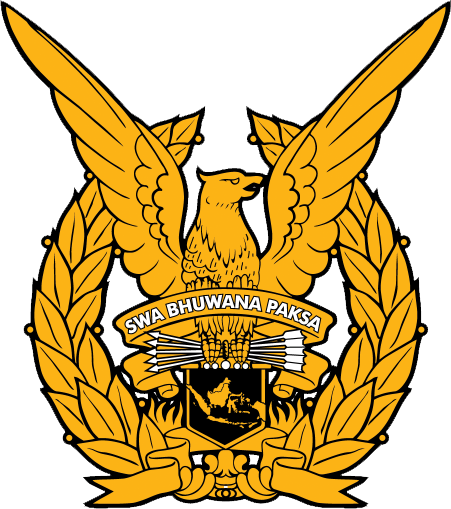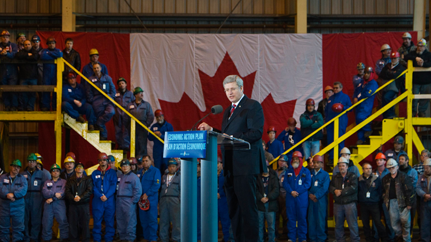In part I of this series, the early years of Canadian involvement in the Joint Strike Fighter (JSF) program were outlined, in addition to its benefits to Canada’s defence industry. As a Level III informed partner in the program, Canadian officials have access to information and representation, but no influence over aircraft requirements.
Early Phase II: System Development and Demonstration (2001-2005)
Phase I of the JSF program ended in 2001 with Lockheed Martin’s X-35 experimental prototype winning the concept design competition. In February 2002, Canada signed on to the second development phase of the program and agreed to spend an additional US $150 million in investments. $50 million of this would be used as loans for Canadian companies to conduct research and development for the JSF. The agreement also guarantees Canadian industries the ability to bid on JSF contracts, although it does not assure that contracts would be awarded.
By the early stages of the JSF’s development and demonstration stage, delays, cost overruns, and technical difficulties began to emerge. The JSF underwent a series of adjustments following a technical, cost, and manufacturing review in 2003. In March 2004, the U.S. Department of Defense (DOD) extended the JSF’s development timeline and increased projected costs, which was followed by the U.S. Navy and the U.S. Marine Corps cutting unit orders by 400 aircraft.
In March 2005, the U.S. Government Accountability Office (GAO) released a report outlining the increases in program costs. Compared to the 1996 estimates, development costs had grown by 180% and acquisition costs by 123%, with delivery of aircraft delayed by two years to 2009. In addition, delays in decision-making regarding aircraft quantities created acquisition timeline uncertainties. Integrated and common system design difficulties led to cost increases, as maintaining aircraft performance required moves away from commonality, which also drove up production cost estimates.
At the same time, the Canadian Armed Forces (CAF) began a preliminary analysis of replacement aircraft for the CF-18s. Five aircraft were selected for review: Boeing’s Super Hornet F/A-18, Saab’s Gripen 39E, the Eurofighter Typhoon, Dassault’s Rafale, and Lockheed Martin’s F-35.
In March 2006, another GAO report concluded that the DOD planned to begin production in 2007 before adequate performance testing was completed. This was predicted to result in further design changes, which would lead to increases in costs, delays, and performance issues. By 2006, development costs had grown by 184% from the initial estimate, and unit acquisition by 128%.
The CAF’s preliminary study was concluded on June 22, 2006, with a “strong preference for the F-35” as it had the potential to be “the best available replacement aircraft to meet future Canadian aerospace warfare requirements.” That year, the JSF program entered Phase III of production, sustainment, and development, with Canada signing the final agreement on December 11, 2006. Following this, Industry Canada formed agreements with three of JSF’s main contractors: Lockheed Martin, Pratt & Whitney, and GE Rolls-Royce. The agreement stipulated that Canada could withdraw from the agreement without having to pay penalty fees.
The imperative of stealth
On December 15, 2006, the F-35 stealth fighter made its first flight, ushering in a long series of test flights. Despite its ground-breaking, low-observability technology, many question the importance of stealth in modern war – especially in light of the extra cost. Needless to say, procurement of expensive stealth aircraft has been a contentious issue for some in Canadian defence discourse. However, current and emerging operating environments make stealth a necessary aspect of offensive and defensive aerial missions.
During the 1991 Gulf War, several stealthy F-117s had a disproportionate ability to strike targets throughout Iraq without being targeted by Iraqi air defences and without requiring support from other aircraft. By the Kosovo War in 1999, integrated air-defence systems (IADS) had becomes more sophisticated, which resulted in the downing of an F-117 aircraft.
Airpower theorist Benjamin Lambeth explained the dynamic in weapon systems development in terms of the “iron law of weapons development,” which states that new capabilities will be eventually negated by offsetting countermeasures. This explains the need for aerial stealth technology. Over the last two decades, anti-access and area denial systems (A2/AD) have developed in terms of detection, sensors, range, speed, and accuracy – all of which increase the lethality of air-defence systems. With regard to airpower, extended and integrated air-defence systems (IADS) make undetected aerial penetration the exception rather than the norm in combat.
Subsequently, such A2/AD systems threatened air supremacy by making aircraft increasingly vulnerable, as advances in air-defence technology make use of non-stealth aircraft increasingly risky. Upgraded surface-to-air missiles, man-portal air-defence systems, layered anti-aircraft systems, sophisticated radar, and high-powered satellite technology, all add to the A2/AD factor of modern operating environments. But by decreasing detectability through stealth technology, such vulnerabilities can be counteracted to an extent.
Additionally, the use of multi-role, stealth aircraft like the F-22 and F-35 also eliminates the need for supporting aircraft. Instead of requiring a combination of interceptors fighters, electronic warfare aircraft, and ground-attack aircraft, only one aircraft is needed to fulfill a mission. The first fifth-generation stealth fighter, the F-22 Raptor, has time and again demonstrated its remarkable independent operational capacity in various combat engagements.
Moreover, the advantage of stealth is not limited to the offensive. If stealth capabilities are neglected, even defensive capabilities become more susceptible to detection and targeting. Early detection and low observability considerably raise the prospects of aircraft survivability in an engagement, although these capabilities may come with limitations to speed, manoeuvrability, and payload.
All things considered, stealth is an imperative in modern aerial operations. Despite the comparatively higher financial cost, it is still a better alternative than risking aircraft and pilots due to lower technological advantage, and subsequently losing air superiority.
[Continue to Part III.]
Photo of CF-18 courtesy of Canadian Forces Combat Camera (Flickr).




